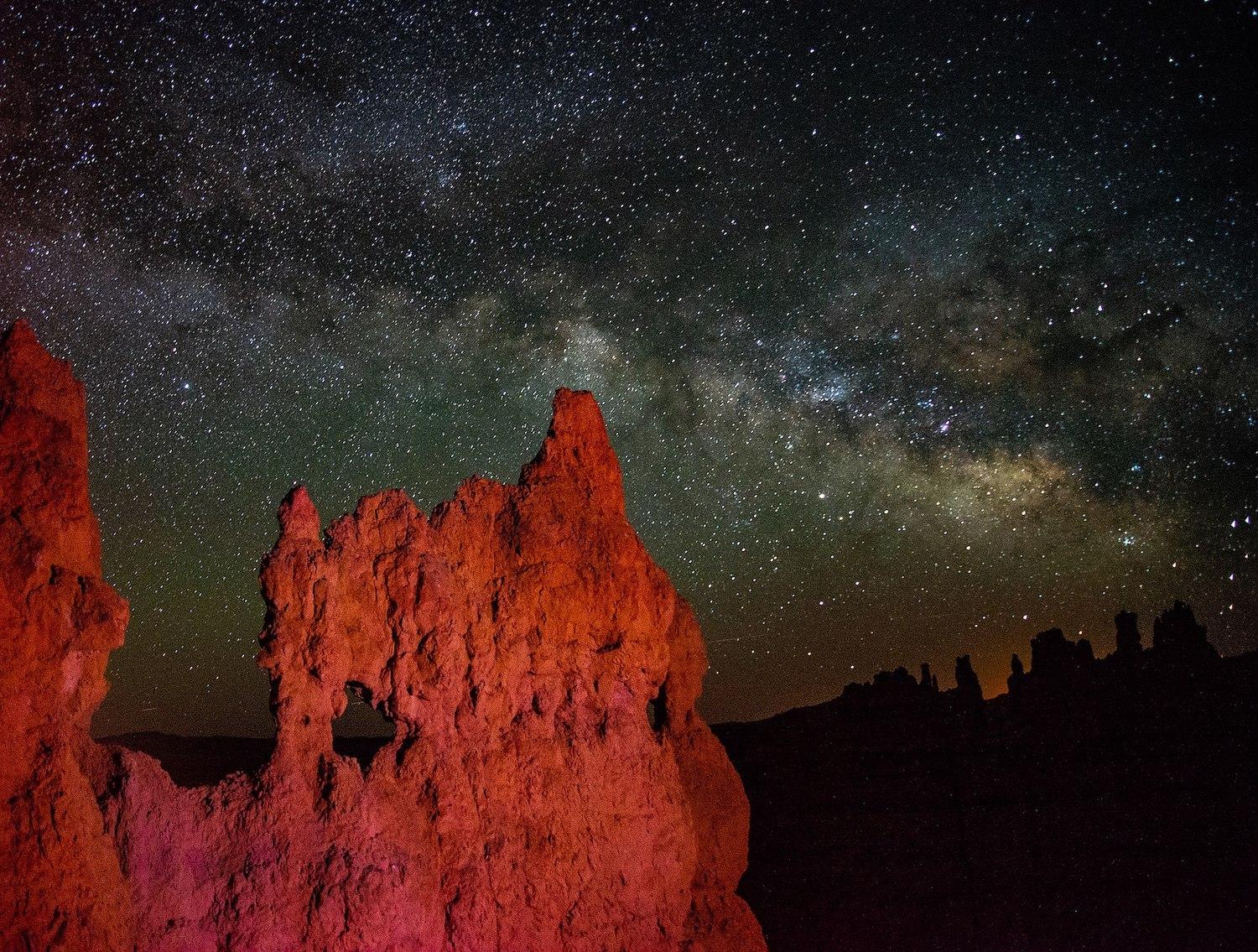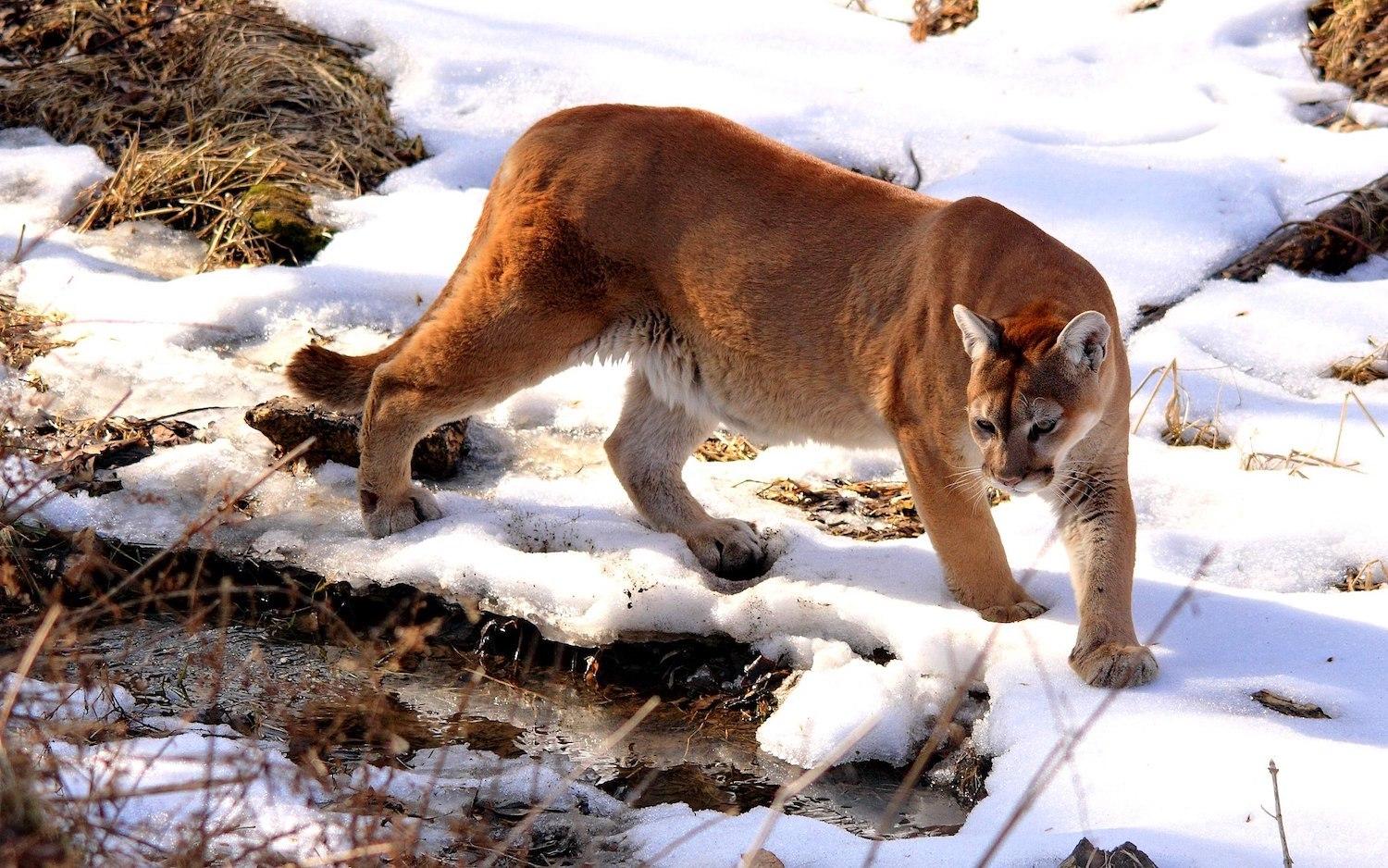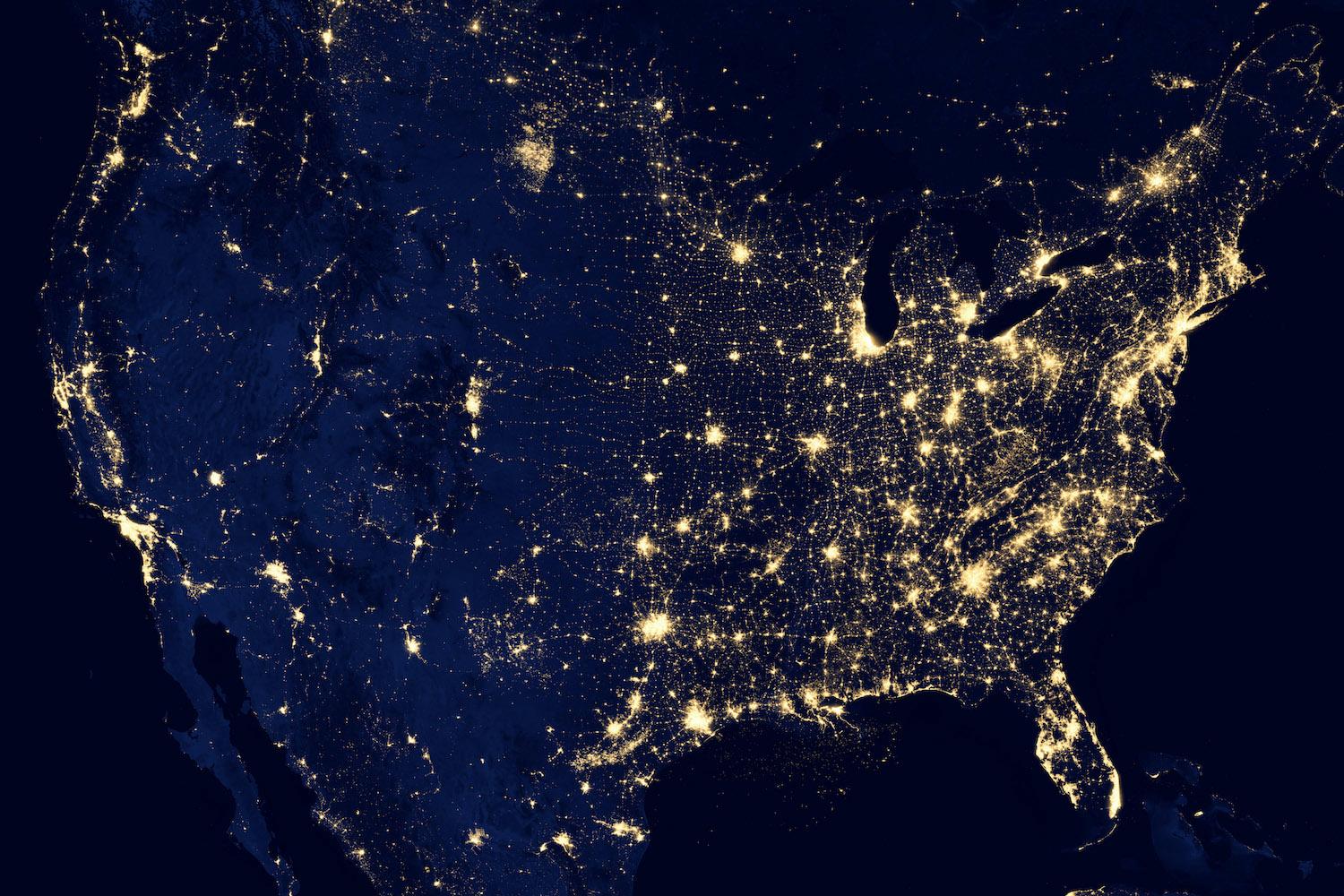
Light pollution is encroaching on some units of the National Park System. So far, Bryce Canyon seems safe/Anthony T. Pope
Losing Darkness And Natural Sound
By Kim O'Connell
Across the Intermountain West, light pollution is significantly altering the dynamics of predator-prey interactions, according to a 2020 study conducted by the University of Michigan. The study -- which focused specifically on cougars and their primary prey, mule deer, which are two of the most ecologically important large mammal species in the West -- noted that at certain times and locations, there was “simply too much artificial light and/or human activity for cougars, creating a protective shield for deer.”
As one of the first research studies to examine the ecological impacts of light pollution on a large scale, the results underscore what natural darkness advocates have been saying for years.
“The Intermountain West is the fastest-growing region of the U.S., and we anticipate that night light levels will dramatically increase in magnitude,” said Neil Carter, a senior author of the study, in a prepared statement. “These elevated levels of night light are likely to fundamentally alter a predator-prey system of ecological and management significance—both species are hunted extensively in this region and are economically and culturally important.”
Supporters of the research included the National Park Service and Grand Canyon, Zion, and Capitol Reef national parks in particular, among others.

Light pollution is affecting the ability of cougars to hunt, according to one study/NaturesFan1226
As the human population grows and development along with it, Earth is growing brighter at a rate of more than 2 percent each year, according to recent research. Although many national parks remain sanctuaries for natural darkness and sound, the encroachment of light and noise pollution threatens to disrupt both the visitor experience and ecological conditions for people and wildlife that rely on natural light-dark cycles, as well as natural quiet.
According to the 2016 World Atlas of Artificial Night Sky Brightness, 80 percent of the world’s population and 99 percent of residents of United States and Europe live under light-polluted night skies. Artificial light is disorienting to nocturnal and crepuscular wildlife and can disrupt circadian rhythms for both humans and other animals. It inhibits the ability of both amateur and professional astronomers and astrophotographers to do their work and the sense of awe that park visitors often feel when seeing a truly dark sky.
Although it’s hard to imagine the night sky at, say, Yellowstone becoming overly light-polluted anytime soon, light pollution is a noticeable factor at many national parks, especially those near popular gateway towns or urban areas, such as Great Smoky Mountains National Park, Muir Woods National Monument, and Acadia National Park. Even remote Theodore Roosevelt National Park in western North Dakota has suffered from light pollution from nearby oil and gas fields, whose nighttime glow is as visible on satellite maps as major cities like Chicago or Atlanta.
“About four years ago I was fortunate enough to go to Glacier National Park,” says Chris Kagy, an astronomer, astrophotographer, and president of the Northern Virginia Astronomy Club, which regularly holds astronomy nights and festivals in Shenandoah National Park and elsewhere. “I remember waking up on one of the first nights there and looking out the window, and the stars were just everywhere. They were like huge light bulbs, instead of these little pin-pricks in a gray piece of paper [like in urban areas].
"A real piece of the human experience is recognizing your place in the universe and recognizing that things are bigger than you. It’s hard to develop an appreciation and awareness of that in a heavily light-polluted area.”

Truly dark night skies in the United States can be hard to find/NOAA
Noise pollution is also a growing problem worldwide, with similarly disruptive and stress-inducing impacts on humans and animals. In addition to the expected cacophony related to human development, even melting glacial ice due to climate change is raising decibels in the ocean in ways that can impact marine animals. According to a 2010 study, U.S. road traffic has outpaced population growth since 1970 by a factor of ten, and the number of domestic flights more than tripled in the prior three decades.
Not surprisingly, the national parks have long been plagued by human-caused noise, whether from car traffic, air tours over places like the Grand Canyon and Great Smokies, military training flights, and other sources.
Potential solutions to the chronic problems of light and noise pollution, scientists and park advocates say, include more research, policy changes that recognize natural darkness and quiet as important natural resources, increased interpretation, night-sky-friendly lighting (such as fixtures that point light downward), and third-party recognition of dark places.
The National Park Service has long maintained a Natural Sounds and Night Skies Division, which funds research and conducts outreach, and the International Dark-Sky Association recognizes dark parks, communities, and other places as part of its International Dark Sky Places program. In December, Voyageurs National Park became the latest national park unit to be designated as a Dark Sky Park, joining more than two dozen other U.S. national park units on the IDA’s list.
Still, the world isn’t getting demonstrably darker or quieter anytime soon, and more needs to be done to protect the national parks from these chronic and growing problems.
“At Shenandoah, from our perspective it’s still a pretty dark sky,” Kagy says, “but even there, people are commenting that the light dome is approaching [primarily from the Washington, D.C., metro area] and it’s not as dark as it used to be.”
Kevin Poe, a park ranger at Bryce Canyon and a longtime natural-darkness advocate who coined the moniker "Dark Ranger," wants to see more widespread outreach within the National Park System, including more interpretive materials about natural darkness and light pollution and more dynamic speakers to engage the public on these issues.
“It’s great to have these designations, but if you don’t have a means for your visiting public to support them, if you don’t make them part of the experience, it’s not intrinsic,” Poe says. “You wouldn’t have people go to the Grand Canyon and not have an interpretive wayside there. We interpret everything else under the sun. How about the entire universe when the sun is on the other side of the planet?”
Poe does see an increase in the number of people asking for night-sky programming.
“Park visitors have come to expect it, ask for it, embrace it,” he says. “The most common question we get is still ‘where is the bathroom?’ But the second most common question now is ‘Do you do astronomy?’”
Before the pandemic, astronomer and artist Tyler Nordgren, famous for his “Half the Park is After Dark” Milky Way posters, was to participate in a NPS training effort on night-sky programming for park rangers from across the country. Nordgren is hopeful that program will resume when it’s deemed safe to do so. He says that interest in his park posters, which create awareness about the night sky as a natural resource in a range of blue hues, are selling well even in the pandemic.
“The first step is to get the public interested in the topic,” Nordgren says. “That’s happened, they are now interested, so where are things going now? The parks are trying to provide new interpretation and new services to address this topic. We’re now getting out beyond the places like the deep southwest U.S. to parks you wouldn’t normally think of dark-sky places.”
To this end, IDA has seen a vast increase in the number of parks seeking dark-sky status over the past decade, says Dr. John Barentine, IDA’s director of conservation. “Our certification program grew significantly during that time,” he says. “By the end of the decade I would say that a lot of people working in the conservation space, whether it be NPS, state parks, or private, are coming to see the preservation of dark skies in protected areas as a best practice.”
Barentine adds that a growing number of lands managed by other agencies such as the Bureau of Land Management or the U.S. Forest Service are also seeking dark-sky certifications. Because these lands are often contiguous with national park land, these designations are likely to inspire greater conservation of what IDA calls a “skyshed” — a larger area, like a watershed, in which to focus dark-sky efforts.
IDA’s focus in the coming years will increasingly be on urban parks in areas like the populated Eastern Seaboard. The association has developed a newer designation category called Urban Night Sky Places, which are those that, through planning and design interventions, “actively promote an authentic nighttime experience in the midst of significant artificial light.”
The idea is to encourage a similar kind of connection between city dwellers and urban park visitors and their night skies, whether they ever make it to a truly dark place or not. “We know that we cannot secure the future of this resource in a place like Grand Canyon if we only look at Grand Canyon,” Barentine says. “We need to make more inroads with the urban sphere and encourage those park managers and land managers to get on board with the idea and see that it’s relevant to them too.”
Traveler footnote: Ranger Poe discussed night skies and the parks in National Parks Traveler Podcast Episode 6.
Threatened Parks:
Acadia National Park, Maine
Great Smoky Mountains National Park, Tennessee/North Carolina
Muir Woods National Monument, California
Shenandoah National Park, Virginia

Comments
While working at zion 10 years ago, I did an over-night hike over the West Rim. The light from Hurricane, St. George and other towns west of the Park really lit up the sky.
That hike sounds amazing. Very interesting to hear about that significant night glow.
Thanks for posting. NPS/NSNSD scientists were co-authors on this paper we continue to work hard with Neil, Clint Francis and other to advance our scientific understanding of these issues to help inform park stewardship and management actions.
Karen Trevino
NPS Natural Sounds and Night Skies Division